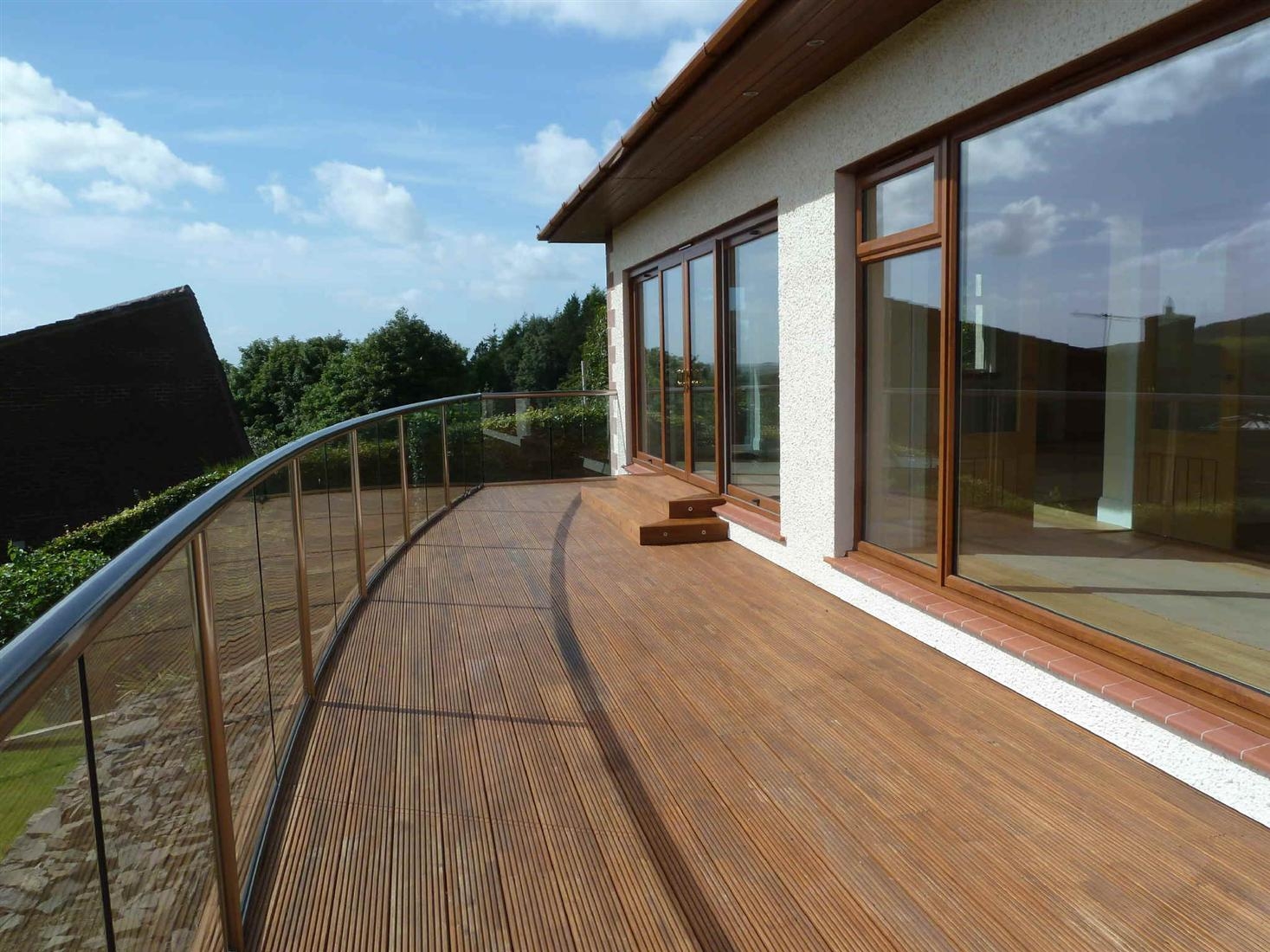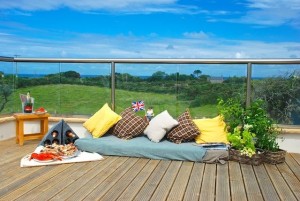UK Regulations
There is some confusion regarding the requirement for a handrail on glass balustrades and glass railings and in order to ascertain this matter we need to get the answer to the following question: What are the legal or regulatory requirements in respect of handrails on glass balustrades? Are there criteria that allow glass barriers to have no handrail on top?
The document to consult is BS6180:2011 “Barriers in and about buildings – Code of practice”, which is the governing standard in regards to balcony railings, balcony balustrades or guarding in the United Kingdom. Up until the latest revision to BS 6180 in 2011, the answer was that a handrail was always required. However in 2011 section 8.5.2 was revised and under certain conditions allows this.
BS6180:2011 Section 8.5.2 “Handrail attachment” reads:
“Where the barrier protects a difference in level greater than 600mm, a handrail should always be used unless a laminated toughened glass construction is used that would remain in situ if a panel fails. Continuous fixing should be used for fixing the handrail to the glass, or individual fixings where calculations or tests demonstrate that component failure will not occur.”
This then gives scope for this but limited to the glass being laminated and toughened and able to withstand the load even if one of the sides of laminated glass should fail.
Glass options
Most glass systems that utilise handrails use single toughened glass sheets, including structural glass system. Usually 10mm on posted systems or 15mm on structural systems.
What are then the glass options when you want a fully frameless system?
When looking at laminated toughened glasses you must consider the thickness of the glasses ou use and also the type and thickness of the interlayer.
Industry has developed structural interlayers that are particularly strong and reinforce the glass construction giving it extra rigidity for use in barriers or balconies.
The two most notable examples of structural interlayers are Saflex® DG Advanced Structural Interlayer by Eastman, and Sentry Glass by DuPont.
Here is a nice demonstration video showing the difference between a usual PVB interlayer and the structural interlayer:
Additional and Practical Factors
It is true that a balustrade is almost invisible without a handrail and totally unobtrusive, but you must consider the practical use of the balcony by yourself and your guests.
When you approach he edge of a balcony, how comfortable are you leaning on a sheet of glass, both in terms of physical comfort but also psychologically. Personally I feel more comfortable leaning on a metal handrail than I am on a sheet of glass.
Cost if also a consideration as the stipulation to use laminated toughened glass increases the costs considerably and his is further compounded if you want to use low iron glass. Low iron glass is glass that in its production has less iron included in the floating process. The iron gives he glass a light green hue and with thicker glasses this greenish tint becomes more apparent. Low iron, also known as opti white, extra clear and other names, and means having a clearer colour. Needless to say that low iron glasses are more expensive than regular.

Summary
Can this be? It seems unthinkable that other building control officers will pass a glass balustrade without a top rail. Is it up to each officer in his area?
Make sure your balcony complies with the standards and don’t take any risks.

